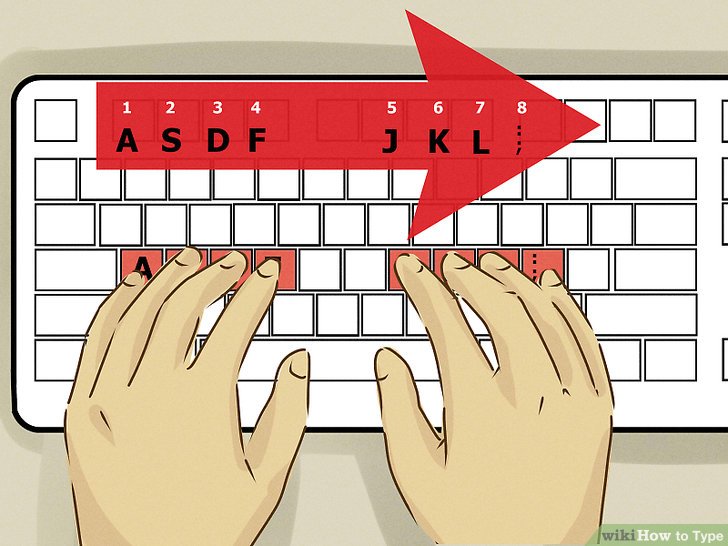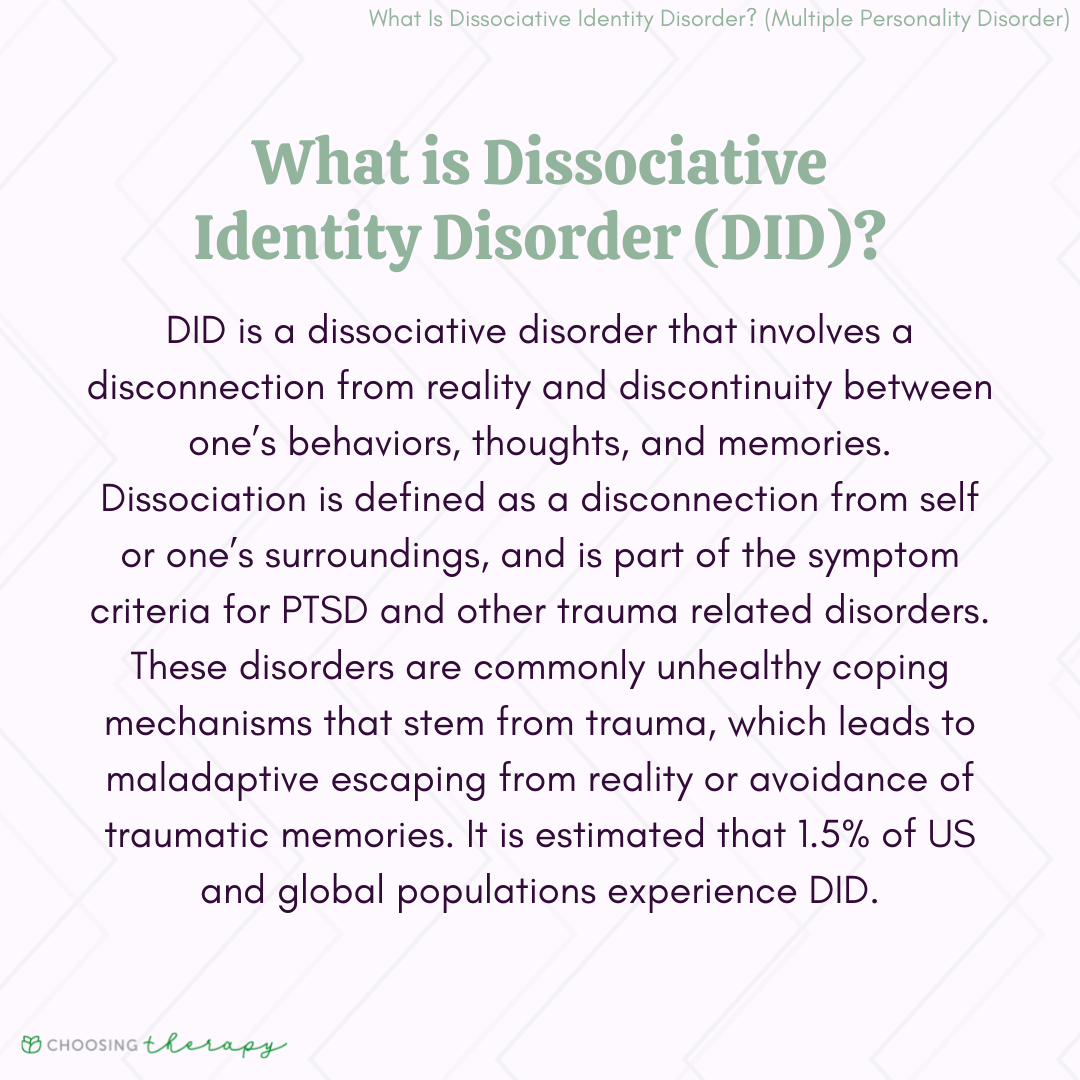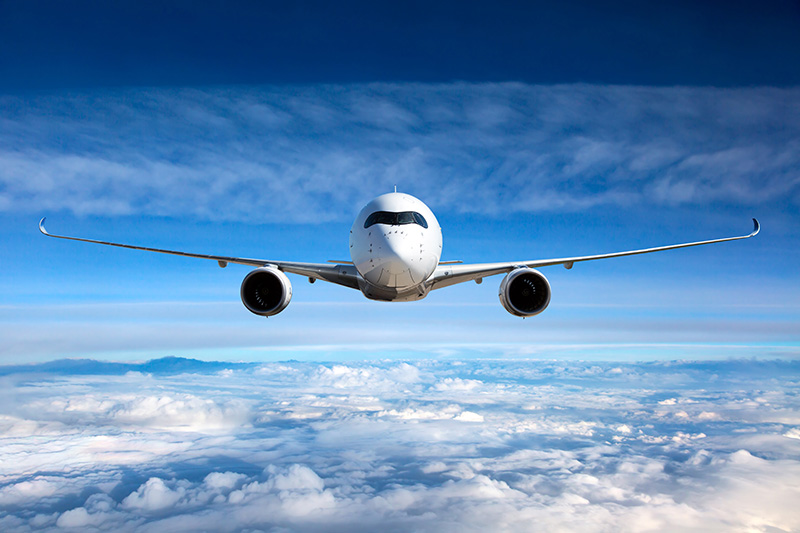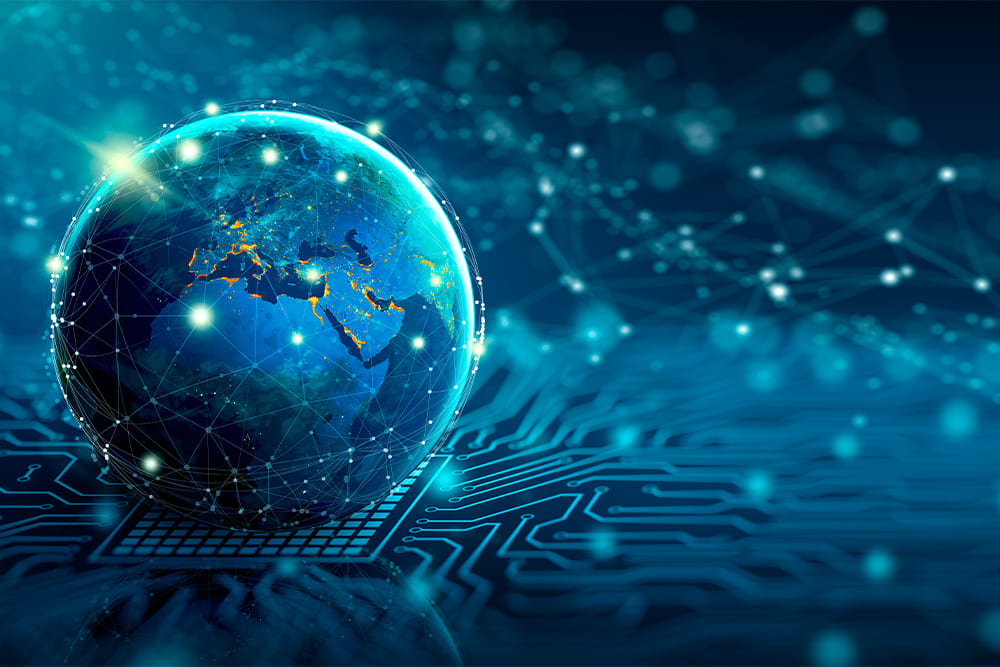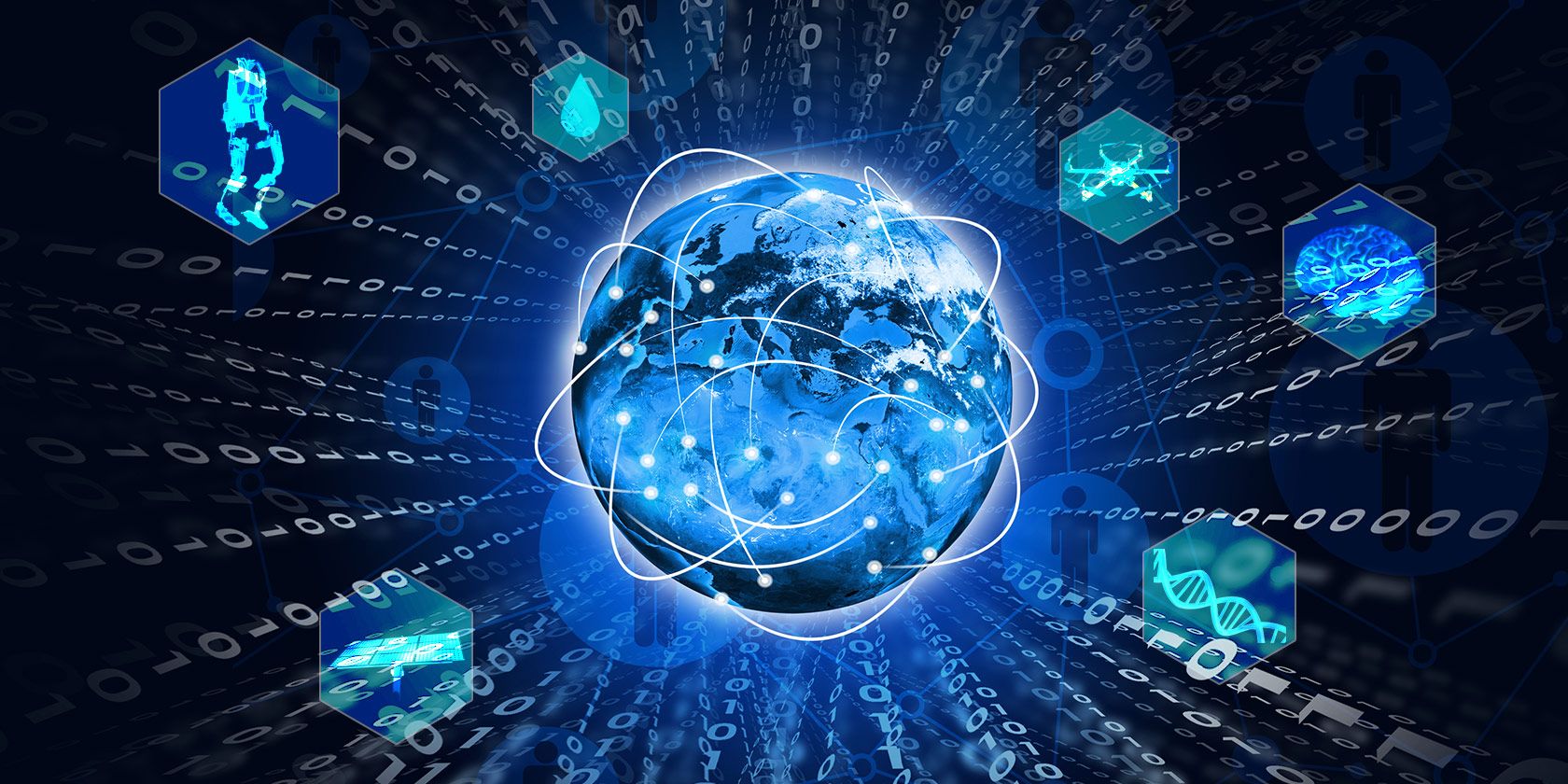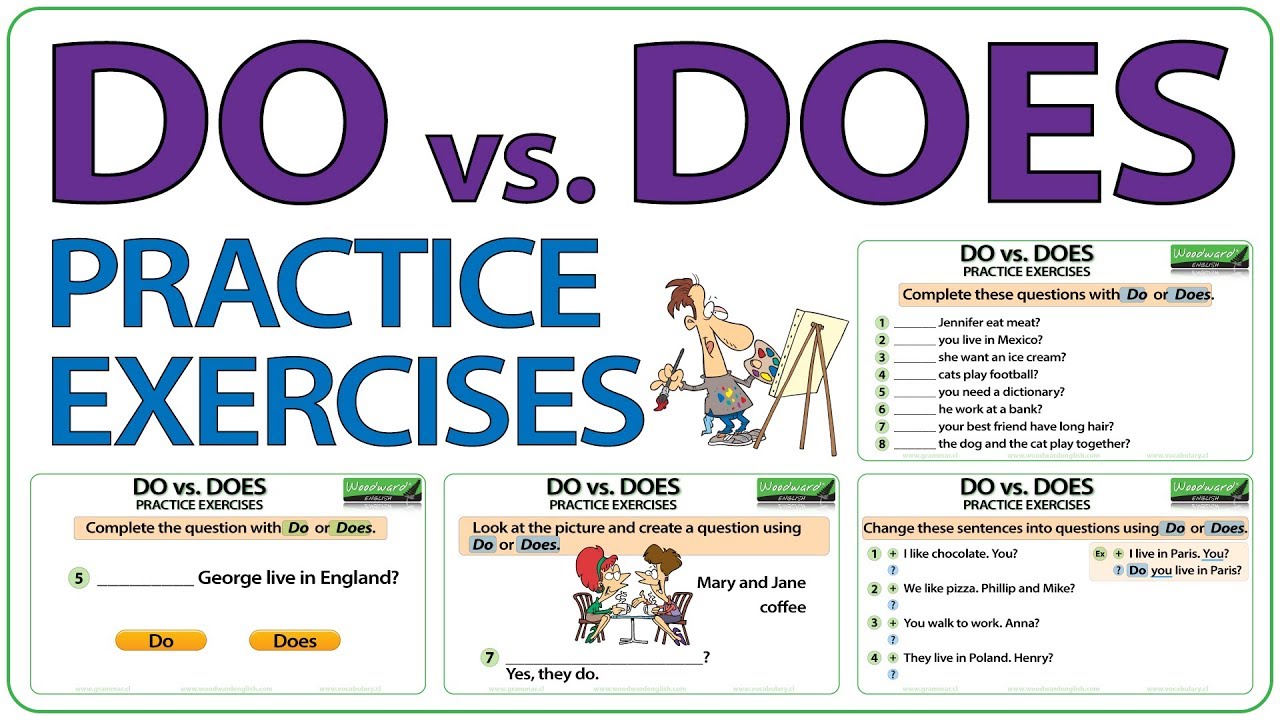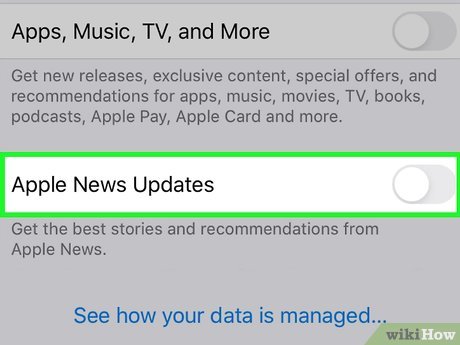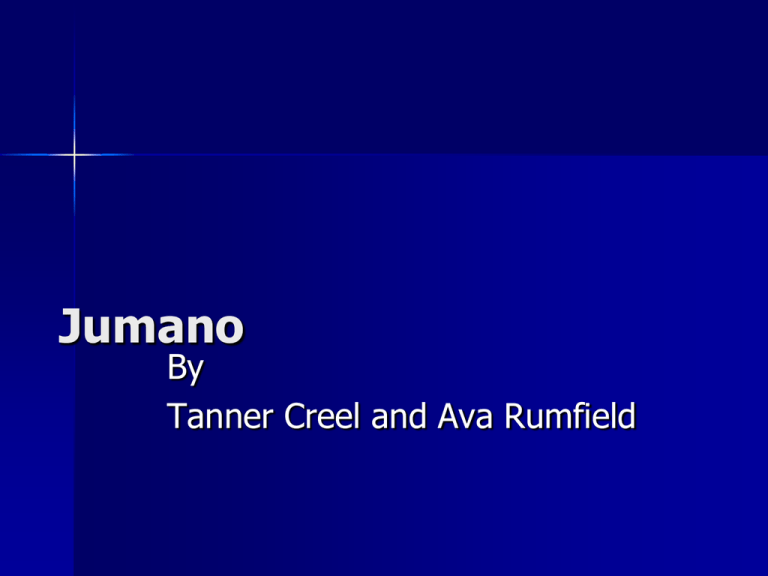Revolutionary Technologies: From the Zhou Dynasty to the Age of Exploration
Introduction: The Power of Technological Innovation Through History
Technological advancements have consistently transformed societies, economies, and the course of world history. From ancient dynasties to the dawn of the global age, each era has been marked by unique breakthroughs. This article offers a comprehensive look at three crucial periods: the Zhou Dynasty’s new technologies, the innovations driving the Age of Exploration, and the specific tools used by Christopher Columbus. You will also find step-by-step guidance for researching these technologies and accessing further educational resources.
Technological Advances During the Zhou Dynasty
The Zhou Dynasty (c. 1046-256 BCE) is recognized for its pivotal role in shaping Chinese civilization and introducing key technological advancements. During this period, iron technology was introduced and spread throughout China, replacing earlier bronze tools and weapons. The transition to iron dramatically increased agricultural productivity thanks to stronger, more durable plows and implements. This contributed to population growth and economic expansion.
Another significant Zhou innovation was the use of the cast iron process, allowing for mass production of tools and weapons. The development of new irrigation systems and water management techniques improved crop yields and helped sustain larger populations. The Zhou also advanced the use of the crossbow , which became a decisive military technology in ancient China, and promoted the standardization of weights and measures, laying a foundation for trade and governance.

Source: alamy.com
For readers seeking to learn more about Zhou Dynasty innovations, you can explore reputable educational portals or search for scholarly articles on Chinese technological history through platforms like JSTOR or university library databases. Consider searching for terms such as “Zhou Dynasty iron technology” or “ancient Chinese irrigation systems” to find in-depth research and case studies.
Innovations of the Age of Exploration
The Age of Exploration (15th-17th centuries) was defined by rapid technological change that made long-distance sea travel possible, connecting continents and cultures. Core innovations included advances in shipbuilding, navigational instruments, and cartography.
Ship Design: Two ship types revolutionized maritime travel: the caravel and the carrack . The caravel, developed by the Portuguese, was fast, highly maneuverable, and capable of long voyages. Its use of both square and triangular lateen sails allowed for efficient travel regardless of wind direction [5] . The carrack, a fusion of Mediterranean and Northern European shipbuilding, could carry large cargoes and withstand oceanic voyages, making it ideal for exploration and trade [3] .
Navigation Tools: The adoption of the magnetic compass -an invention with roots in ancient China-became essential for determining direction on open seas. The astrolabe , borrowed from Muslim navigators, allowed sailors to calculate latitude by measuring the angle of celestial bodies above the horizon, improving their ability to chart a course [2] . The traverse board was used to keep track of a ship’s speed and direction, an early form of logging navigation data [3] .
Cartography: Advances in mapmaking improved the accuracy of sea charts, allowing explorers to plan and document their voyages with greater confidence. Improved maps, such as portolan charts, provided detailed coastal outlines and compass roses for direction finding [1] .
To explore these technologies in greater depth, consider consulting established history resources or academic databases. Search for terms such as “Age of Exploration maritime technology” or “history of navigation instruments.” Libraries and museums may offer online virtual exhibits, and many universities publish open-access research on these topics.
Christopher Columbus: Tools and Technologies Used in His Voyages
Christopher Columbus’s historic 1492 voyage across the Atlantic was only possible due to the technological progress of his era. Columbus used a combination of navigational instruments and advanced ships:
Ships: Columbus’s fleet included the Niña and the Pinta (both caravels) and the Santa MarÃa (a carrack). The caravel’s speed and maneuverability, combined with the carrack’s capacity for supplies, made these ships well-suited for long ocean journeys [5] .
Navigational Instruments: Columbus relied on the magnetic compass for direction and the astrolabe for measuring latitude. He also used a quadrant for similar purposes. The hourglass helped keep time aboard the ship, which was essential for dead reckoning-a method of estimating position based on speed and direction over time [2] .
Practical Example: If you wish to study the specific methods Columbus used, you can visit major museum websites or search for digital collections of maritime instruments. For in-person research, major maritime museums in the United States and Europe offer exhibits and replicas of period ships and tools. To find these resources, use search phrases like “Columbus navigational instruments museum exhibit” or consult databases of academic maritime studies.
Step-by-Step Guidance for Further Research and Learning
Accessing information about these historical technologies is straightforward with a systematic approach:
- Identify reputable sources: Use established academic, museum, and government platforms when searching for historical technology information.
- Use precise search terms: For example, “Zhou Dynasty iron plow development,” “caravel ship design features,” or “astrolabe navigation Age of Exploration.”
- Consult digital libraries: Many universities and public libraries offer free access to historical research databases. JSTOR, Project MUSE, and the Smithsonian Institution’s website are excellent starting points.
- Explore museum collections: The British Museum, Smithsonian, and many maritime museums provide virtual tours and digital exhibits of ancient and early modern technologies.
- Contact experts: University history departments often have faculty specializing in ancient Chinese or maritime history. Many are accessible by email and may direct you to further reading or local events.
If you are seeking educational programs or hands-on learning opportunities, consider enrolling in online courses from platforms like Coursera or edX, which offer courses in world history and the history of technology.
Potential Challenges and Solutions in Historical Research
While researching historical technologies, you may encounter paywalls or limited access to specialized academic articles. In such cases, you can:
- Request access through your local library’s interlibrary loan service.
- Use open-access journals and educational websites, which often provide free summaries or full texts of research articles.
- Contact academic authors directly; many are willing to share their work with interested readers.
Another challenge is the abundance of outdated or inaccurate sources. To avoid misinformation, prioritize resources from recognized academic institutions, museums, and government agencies.

Source: alamy.com
Alternative Approaches to Learning About Historical Technology
In addition to traditional research, you may:
- Attend public lectures or webinars hosted by historical societies or museums.
- Join online forums or discussion groups focused on ancient or maritime technology.
- Participate in historical reenactment groups, many of which offer hands-on experiences with replica tools and ships.
For those interested in teaching or sharing this knowledge, many educational organizations offer curriculum guides and activity kits focused on technological history.
Key Takeaways and How to Get Started
From the Zhou Dynasty’s iron and irrigation innovations to the navigational marvels of the Age of Exploration, technological progress has always been a catalyst for change. Whether you are a student, educator, or lifelong learner, you can deepen your understanding by leveraging reputable resources and engaging in active research. Begin by identifying your area of interest, use targeted search terms, and consult authoritative academic or museum collections for the most accurate information available.
References
- [1] Wikipedia (2023). Age of Discovery – Ship design and navigation technology.
- [2] Dove’s Library (2025). Technological Advances and the Age of Exploration.
- [3] OER Project (n.d.). Technology in the Age of Exploration.
- [4] Fiveable (2024). Advancements in Maritime Technology.
- [5] Khan Academy (2021). Technology in the Age of Exploration.
MORE FROM oncecoupon.com
